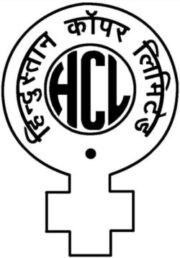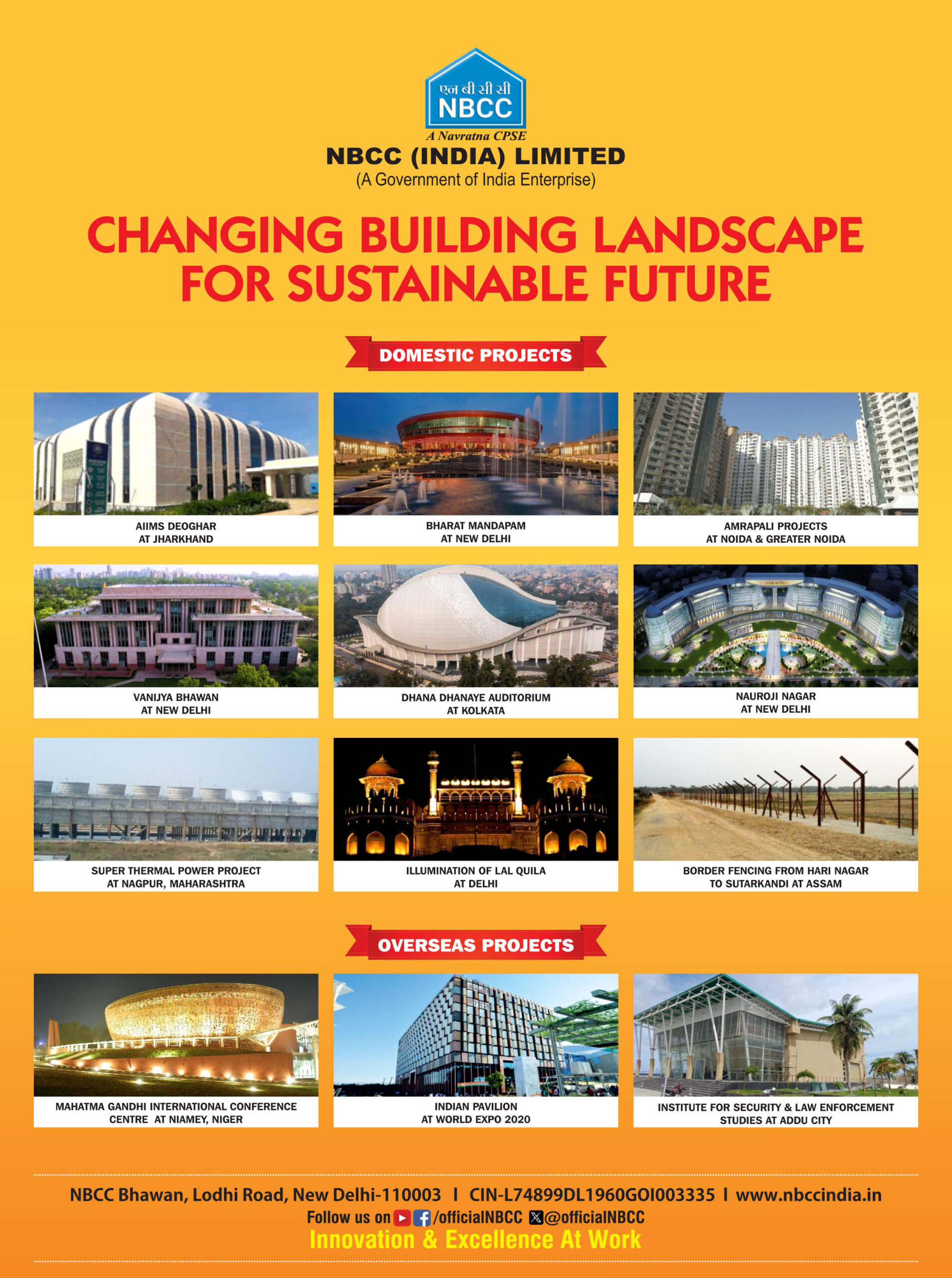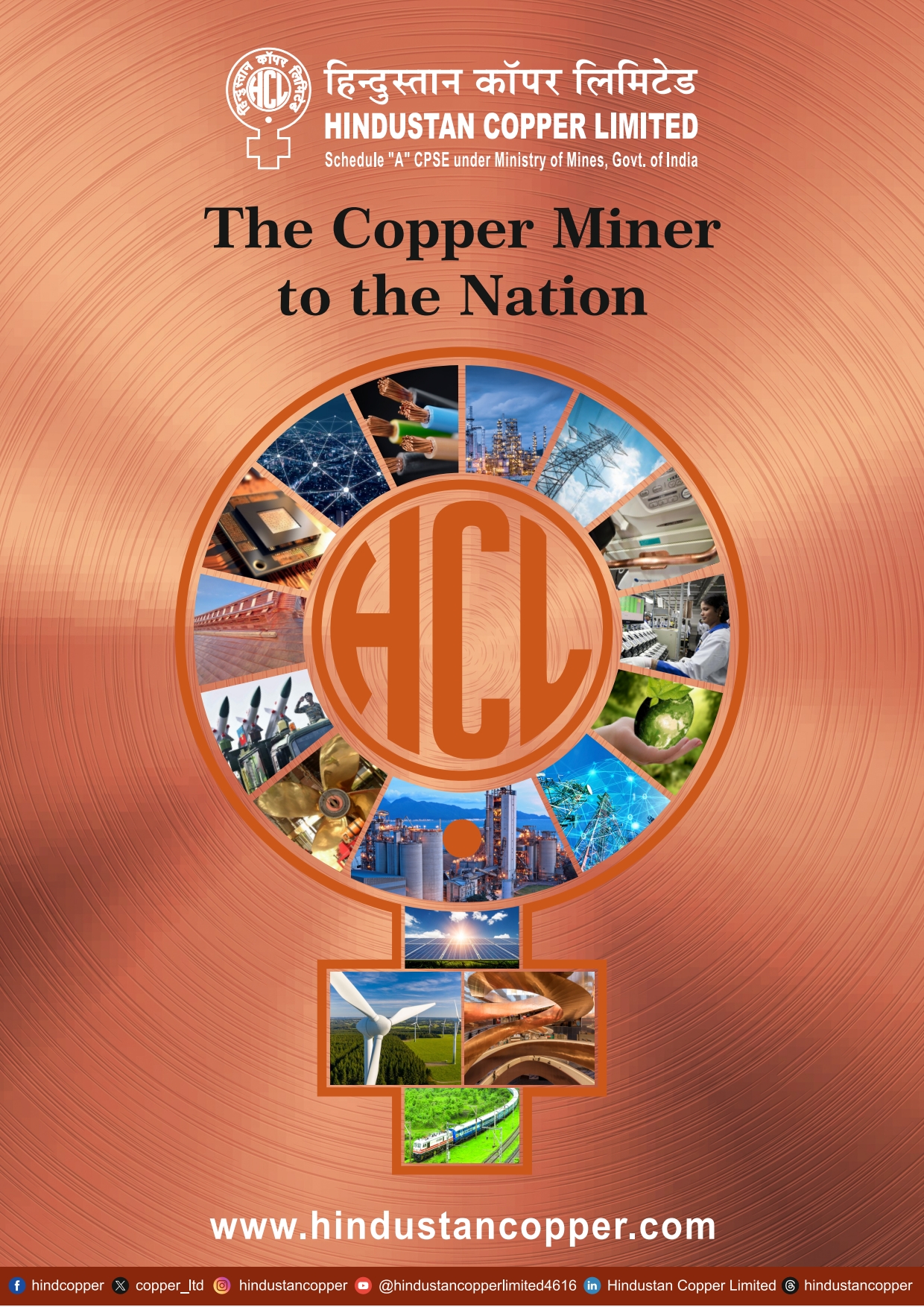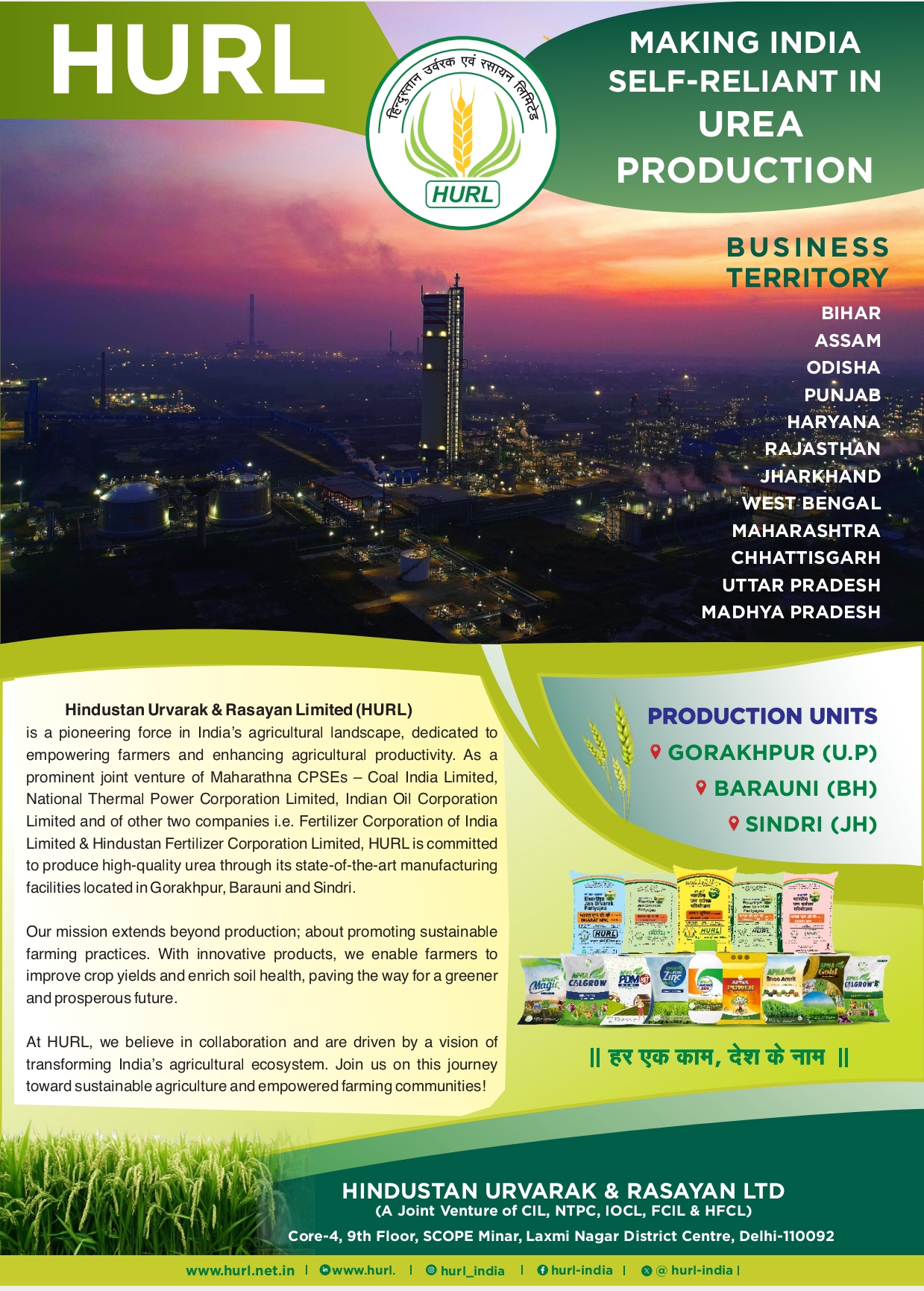Bhopal: A City of Culture, Education, Progress and Influence
May 16th, 2025 11:56 pm | By ThenewsmanofIndia.com | Category: SPECIAL NEWS COVERAGE
(THE NEWSMAN OF INDIA.COM) {A feature by Tahir Ali – Retd . Jt. Director- MP- DPR} If you find yourself in a city where the sound of temple bells blends seamlessly with the call of the Azan, where people of all faiths share smiles, festivals, and streets, then know you are in Bhopal—a city that has lived, breathed, and preserved Ganga-Jamuni Tehzeeb for centuries. Known as the city of lakes, Bhopal is not just a geographical entity; it is a living narrative of harmony, heritage, and heartfelt hospitality.
A Culture of Brotherhood
Bhopal’s charm lies in its ability to harmonize diversity. It is a city where temples and mosques often stand beside the same pond, where the magnificent Taj-ul-Masajid exists alongside the modest Dhai Seedhi Masjid, and where Urdu, with its poetic grace, serves as a common language of affection. Here, people guide strangers to their doorsteps, and guests from other regions quickly find a home.

The city’s industrial cornerstone, BHEL, attracted workers from across India—many of whom chose to stay, adding new threads to the city’s cultural fabric. This openness is deeply rooted in Bhopal’s Nawabi history, which continues to influence its spirit
Nicknames and ‘Urfiyats’: Bhopal’s Creative Identity
Bhopal’s residents carry a legacy of playful and poetic naming—’Urfiyats’ that reflect quirks, habits, and neighborhood stories. From Tariq Tie to Arif Egg Breakfast, from Babulal 501 to Suresh 501, every name is a badge of local flavor and affection. These nicknames capture moments, traits, and inside jokes that no map can locate but every Bhopali heart remembers.
A Tapestry of Religious Harmony
The hallmark of Bhopal is its enduring Hindu-Muslim unity. While other cities were torn by British-era communal policies, Bhopal stayed united. Hindu warriors like Dangar Singh and Jai Singh fought for Bhopal’s defense, and Hindu officials held top posts in the Muslim-led princely administration. Nawab Qudsia Begum even appointed Hindu, Muslim, and Christian ministers, reflecting genuine pluralism.
Religious events were celebrated collectively. Nawab Sultan Jahan Begum played Holi with the public and launched Sadavrat schemes for poor Hindus. In architecture too, inclusivity shone—like the deliberately curved wall of Hawa Mahal that respected a Hindu resident’s choice not to sell his land.
Living Together, Celebrating Together
In Bhopal, neighborhoods were never divided by religion. Places like Mangalwara, Itwara, and Peergate exemplify shared spaces where people of all beliefs lived and celebrated together. The rich Ganga-Jamuni culture made Urdu flourish, not as a court language alone, but as the soul of the street.
My own memories reflect this spirit. In our Itwara neighborhood, a Sahu family lived across from our ancestral house. Our bond ran so deep that my sister tied Rakhi to them, and they accompanied us in family functions. This warmth remains to this day.
Nawabi Legacy and Historic Landmarks
The grandeur of Bhopal’s Nawabs lives on in structures like Taj Mahal (Bhopal), built to house Sindhi refugees, and buildings like Minto Hall, Golghar, and Gauhar Mahal. The city’s unique all-women exhibition in Babe-e-Aali and the traditional Holi rides in horse carriages add color to its royal past. Tangas were once the pride of every wedding procession.
Spiritual and Secular Harmony
Temples like Kali Mata Mandir, Birla Mandir, and Manuabhan Tekri are spiritual landmarks, while Jain temples and Gurudwaras such as Nanaksar and Guru Singh Sabha reflect the city’s inclusive character. St. Francis Cathedral and Infant Jesus Church continue Bhopal’s tradition of Christian-Muslim harmony, echoing Nawab Sikander Jahan Begum’s secular outlook.
The Icon of Freedom: Barkatullah Bhopali
Born in a humble mud house, Maulana Barkatullah Bhopali became a global voice for Indian independence. His 45-year exile saw him working in 26 countries, from founding the Gadar Party in Germany to serving as the first Prime Minister of the Government of India in exile in Afghanistan. Bhopal honors him through Barkatullah University and Barkatullah Bhavan.
The Soul of Sports and Poetry
Bhopal gave India legendary hockey players and hosted the famous Obedulla Khan Hockey Gold Cup. With 65 clubs once active, the city was rightly called the ‘nursery of hockey.’ Players armed with khapota wood sticks brought national glory. The city also birthed literary greats like Salik Bhopali, Akhtar Saeed Khan, and Dr. Syed Ashfaq Ali.
Shuja Khan Ka Atta and Cultural Eminence
The historic locality of Shuja Khan Ka Atta birthed icons in education, business, and poetry. From Zahoor Hashmi to Nawab Mian ‘Cigarette’, this area, though transformed into a bustling business hub, retains echoes of its cultural legacy.
Of Wallets and ‘Gutka’
Bhopal’s famed ‘wallets’—elegant cases of aromatic gutka made from dry fruits and spices—were symbols of Nawabi sophistication. Though this tradition now survives in a few Sarafa shops, it remains a testament to the city’s refined tastes.
Neighborhoods by Numbers
Modern Bhopal’s neighborhoods often go by numbers—like 1250 (named after the number of government quarters), 1100 Quarters, or bus stops like 10.5. These numerical names reflect both urban expansion and Bhopali wit. Areas like 45 Bungalows and 74 Bungalows are now homes to high-ranking officials, while Char Imli, once a forested patch, is now a VIP enclave.
A Living Mosaic
Bhopal’s story is not just one of monuments or memory—it is about lived experience. A city where nicknames are legacies, where a neighbor is family, where Ganga-Jamuni Tehzeeb isn’t preached but practiced every day. It is a city of poets, freedom fighters, saints, and sports legends. A city that welcomes, remembers, and embraces.
In Conclusion
Bhopal remains a luminous example of India’s syncretic heritage—where tradition meets progress and faith meets fraternity. Its streets, stories, and spirit stand as a reminder that unity is not just possible but beautiful. As the city continues to grow and modernize, may its roots of harmony, culture, and resilience forever define its identity.
May Bhopal always remain untouched by discord and shine as a beacon of unity and cultural richness. May its lakes reflect peace, and its streets echo with laughter, stories, and shared dreams.




























